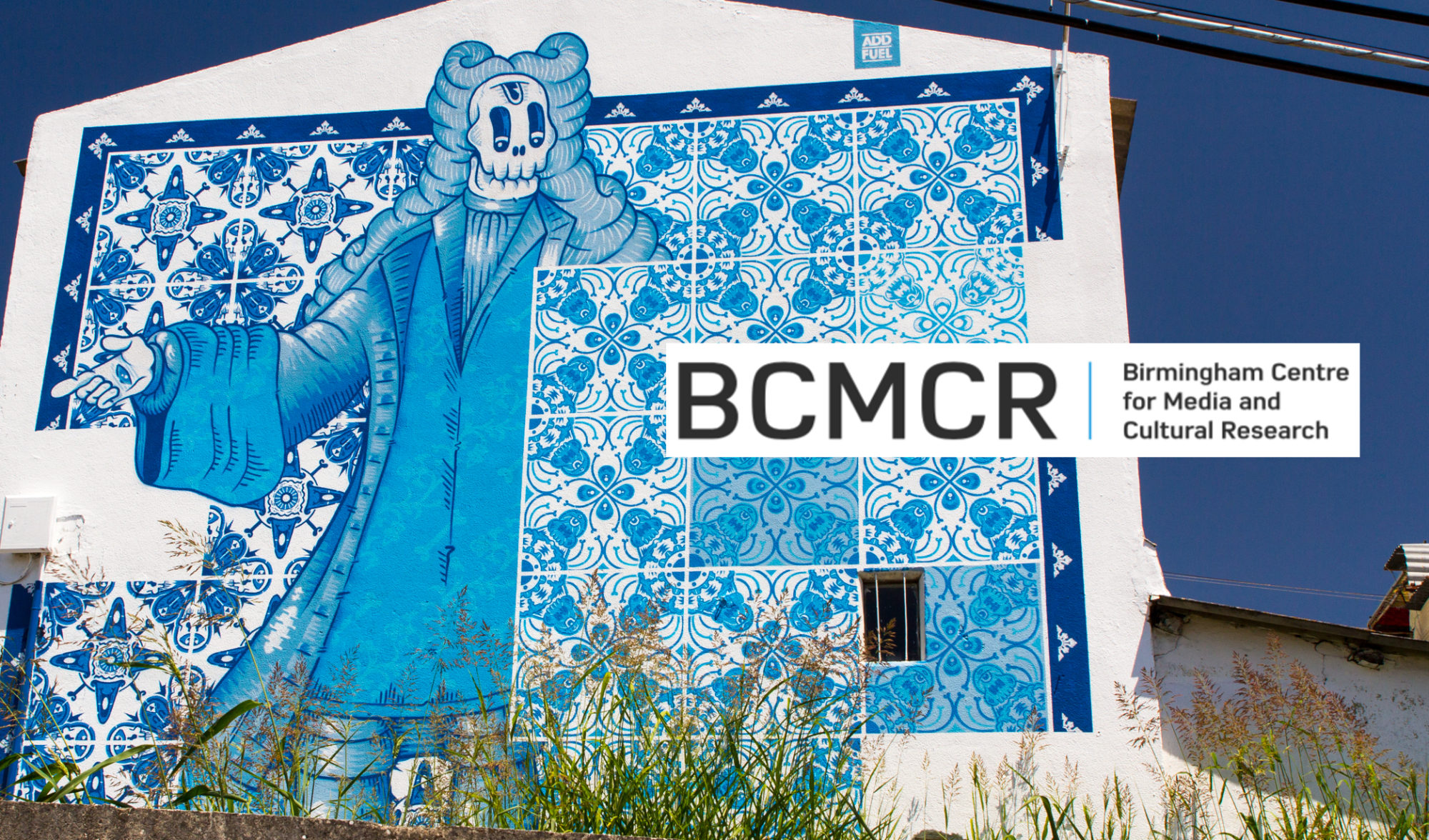Dima presented her talk as part of the Seminar Series. You can find part 1 here and part 3 here.
The Syrian Archive Case Study
There is something very intrusive about the first few hours of ethnographic research, especially when you’re being invited into someone’s office to observe their day-to-day practices. The Syrian Archive team were unbelievably welcoming and generous when we spent 4 days last November at their office space in Berlin. We spent two days on participant observation, and two days interviewing the team.
Our presence often involved us looking over their shoulders at their computer screens while they were doing their online verification work. If you’ve ever worked with Internet activists and online security geeks and techies before, you’d understand what it takes for them to tolerate your presence, by their computer screen for 7 hours each day, over 4 days. And for that, I and my research partner were extremely grateful.
It is worth mentioning in this context that the issue of trust is key, and the fact that I’ve known Hadi el Khatib, the Syrian Archive’s founder, for years – that we’ve already worked together on several projects in Beirut, has extremely helped during the research trip in Berlin.
In their own words:
‘The Syrian Archive aims to support human rights investigators, advocates, media reporters, and journalists in their efforts to document human rights violations in Syria and worldwide through developing new open source tools as well as providing a transparent and replicable methodology for collecting, preserving, verifying and investigating visual documentation in conflict areas.’
One of the key questions we explored while in Berlin is how the Syrian Archive team approached and defined key concepts such as ‘visual evidence’, ‘digital memory’, ‘graphic content’, ‘factual claims’, ‘propagandist imagery’ etc. So I sort of had a list of key concepts pertaining to academic research on archives in times of conflict which I used as the backbone for the interview questions and discussions we had with them.
We were also particularly interested in the ways in which they thought of the issue of ‘archival value’; why did they think it was important to build and sustain an open-access database of video footage documenting the Syrian conflict? Who is it important for? And has this changed since the beginning of the uprising in 2011 until today?
They aim to achieve three things through this work:
- to preserve data as a digital memory,
- to establish a verified database of human rights violations, and
- to act as an evidence tool for legally implementing justice and accountability as concept and practice in Syria.
So another key question we explored in our interviews is ‘Ethics’ > The Syrian Archive’s team are very articulate about a ‘Do not harm ethical framework’ which they say underlines their archival practices from the moment a video footage is identified, collected, processed and verified, until it is published as part of an online investigative report on human rights violations.
Taking into consideration my interest in an emerging ethical praxis of image activism in times of conflict I’m now exploring the ways in which my emerging understanding of the Syrian Archive’s internal processes could enable me to rethink my own research ethics agenda.
How can our understanding, as academics, of the Syrian Archive’s grass-root, self-defined, ‘Do Not Harm’ concept help us better design our own guidelines for issues of representation and narrativisation, ownership and consent, harm and vulnerability, subjectivity and objectification, agency and responsibility – especially when performed in the Western academy?
Then the issue of ‘Take downs’ came up.
- 2012 | First accounts of Facebook groups/accounts suspensions due to ‘false reporting’, ‘copyright infringements’ and for ‘violating privacy policy’
- 2013-2014 | The scale of take downs intensified, mainly targeting media groups and citizen journalists’ channels on YouTube
So rather than spend their staff time on collecting evidence for and documenting abuses of human rights violations, the Syrian Archive had to shift focus from verification to archiving – on their own servers – of thousands and thousands of videos – a race against time.
Continue to part 3.
Dima is Senior Researcher and Lecturer at the Birmingham Centre for Media and Cultural Research.
